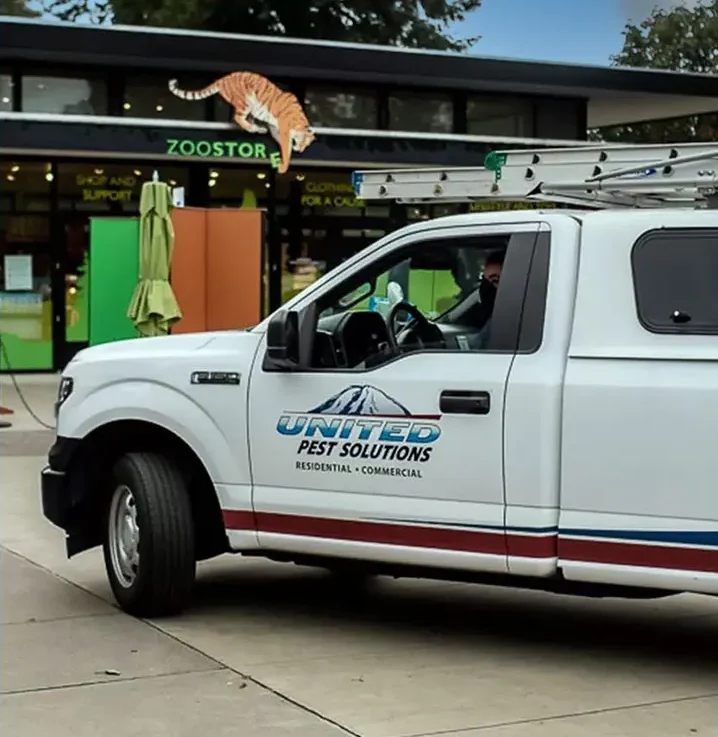The Cellar Spider is also referred to as Daddy Long Legs. This Pholcid spider is easily removed by chemical means, as they move their egg sacks with their mouth and if you treat egg sacks they will ingest poison. These spiders hang upside down preying on insects and spiders in garages, cellars, and other buildings. Legend says the Cellar Spider has the deadliest venom amongst all spiders, this is a myth. Cellar Spiders fangs lack the length to puncture the thickness of normal human skin, and even if they could, their venom would be little more than an annoyance.
Cellar Spider Habits
Even though spiders are beneficial due to their role as predators of insects and other arthropods, they still are a common Northwest pest as many people fear or dislike spiders because of their looks, speed of travel and sometimes reactive bites. Most spider bites occur as a reaction or for protection at night when spiders are more likely to move about in our structures and when we may roll over them during our sleep or sit on one in a piece of furniture. This can be a disconcerting thought which is why many people like to control their populations inside while allowing them to perform their role of insect population control on the outside
Contrary to popular belief, Cellar Spiders, also known as Daddy Long Legs, and Harvestmen are not poisonous to humans, and lack the ability to even puncture human skin due to how short their fangs are.
Biology of Spiders
Spiders resemble insects and sometimes are confused with them, but they are arachnids, not insects. Spiders have eight legs and two body parts: a head region (cephalothorax) and an abdomen. They lack wings and antennae. Although spiders often are found on plants, they eat mainly insects, other spiders, and related arthropods, not plants. Most spiders have toxic venom, which they use to kill their prey. However, only those spiders whose venom typically causes a serious reaction in humans are called “poisonous” spiders.



